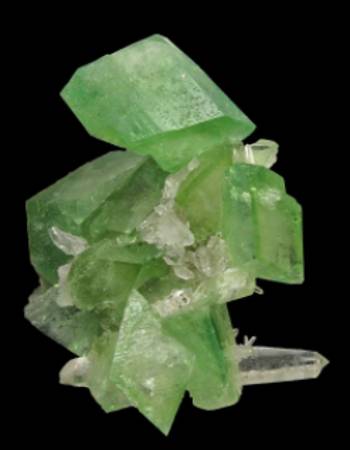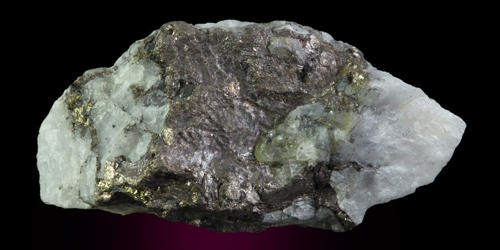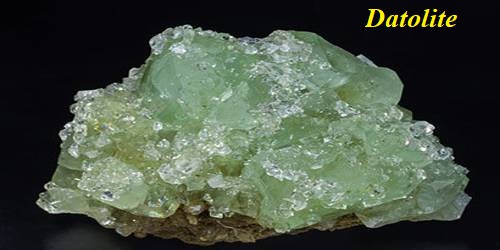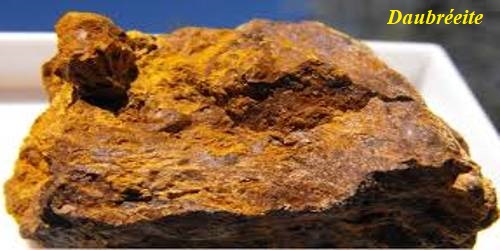Augelite is an aluminum phosphate mineral with formula: Al2(PO4)(OH). It is a rare mineral that forms as a result of hydrogen metamorphism of phosphate rocks in peraluminous sediment and in high-temperature hydrothermal ores. The shade varies from colorless to white, yellow or rose. Its crystal system is monoclinic. It is not radioactive.
It was named after the Greek word auge, meaning “dawn,” or “morning,” in reference to the mineral’s vitreous to pearly luster.
General Information
- Category: Phosphate mineral
- Formula: Al2(PO4)(OH)
- Crystal system: Monoclinic
- Crystal class: Prismatic (2/m).

Properties
Augelite appears as a colorless to white to yellowish to pale rose, greenish and appears colorless in transmitted light.
- Color: Colorless to white, maybe yellowish to pale rose, greenish
- Crystal habit: Tabular of prismatic or acicular crystals; massive
- Fracture: Uneven
- Tenacity: Brittle
- Mohs scale hardness: 4 – 4.5
- Luster: Vitreous, pearly on {110} cleavage
- Streak: White
- Diaphaneity: Transparent
- Specific gravity: 2.696
Occurrence
Augelite is formed by the hydrogen metamorphism of phosphate-bearing rocks in peraluminous sediments and in some high-temperature hydrothermal ore deposits.
It occurs as a product of metamorphism of phosphate-bearing peraluminous sediments and in high-temperature hydrothermal ore deposits. It occurs in association with attakolite, svanbergite, lazulite, hematite, trolleite, berlinite, rutile, pyrophyllite, baryte, arsenopyrite, stannite, pyrite, andorite, cassiterite, and zinkenite.
It is often associated with minerals such as attakolite, svanbergite, lazulite, hematite, trolleite, berlinite, rutile, pyrophyllite, barite, arsenopyrite, stannite, pyrite, andorite, cassiterite, and zinkenite.
Information Source:
















